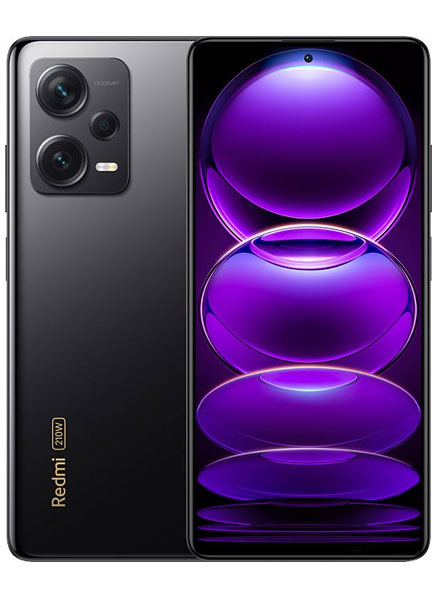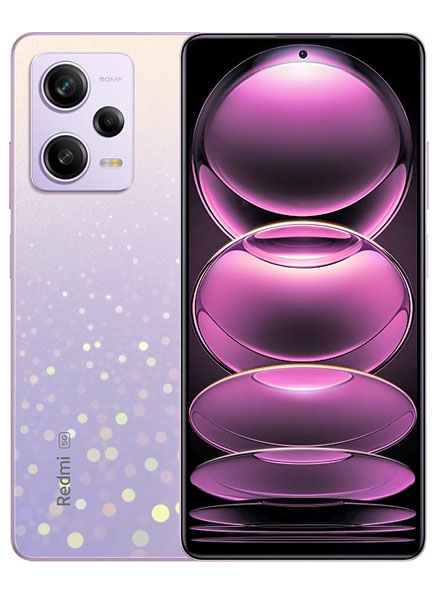Xiaomi released Redmi Note 12 series. Not only is this the first mid-range series to feature a 200MP camera, this series is also home to the first phone to break the 200 Watt charging.
Note that the four models are available only in China for now, but they should launch to an international audience soon enough. When they do (and assuming there aren’t any deal-breaking changes), would you buy one?
Redmi Note 12 pro specification
We’ll start with the Xiaomi Redmi Note 12 Pro as it is the linchpin of the series. It is equipped with a 6.6 inches 120Hz OLED display (10-bit panel, Dolby Vision) and is powered by Dimensity 1080 the (an upgraded 920, the reason for which will become clear in a moment). There is also a 5,000mAh battery on board with support for 67W fast charging.



This model has a decent camera package with a 50MP primary module (IMX766, 1/1.56”, 1.0µm) with OIS, joined by an 8MP ultra wide camera (119°) and a 2MP macro cam, plus a 16MP selfie camera.
The Xiaomi Redmi Note 12 Pro+ improves on two things over the regular Pro. First, the camera switches over to the ISOCELL HPX, a 200MP 1/4” sensor (0.56µm pixels), still with OIS. The remaining cameras are the same (meaning 8MP ultra wide, 2MP macro and 16MP selfie).
The second upgrade is to the 5,000mAh battery that now supports 120W fast charging. This means that a full 0-100% charge can happen in just 19 minutes, down from 46 minutes on the regular Pro.
Redmi Note 12 explorer specification
The Xiaomi Redmi Note 12 Explorer is like a Pro++. It keeps the 200MP main camera but upgrades the charging tech even further – this is the world’s first phone that can take in 210W. Note that the battery is smaller at 4,300mAh. On the plus side, 5 minutes of charging take it to 66%, another 4 minutes get it to the full 100%. It’s quite impressive, though unless you love cutting edge tech, you should probably stick with the Pro+. The Xiaomi Redmi Note 12 Explorer price in Pakistan will be about Rs. 71,300.
This only leaves the vanilla Xiaomi Redmi Note 12. This is the only one of the series not featuring a Dimensity 1080, instead it uses the new Snapdragon 4 Gen 1 chipset. Also, the camera department has been demoted to a single 48MP camera on the back, a 2MP depth sensor and an 8MP selfie cam (no ultra wide, no OIS on the main module).
